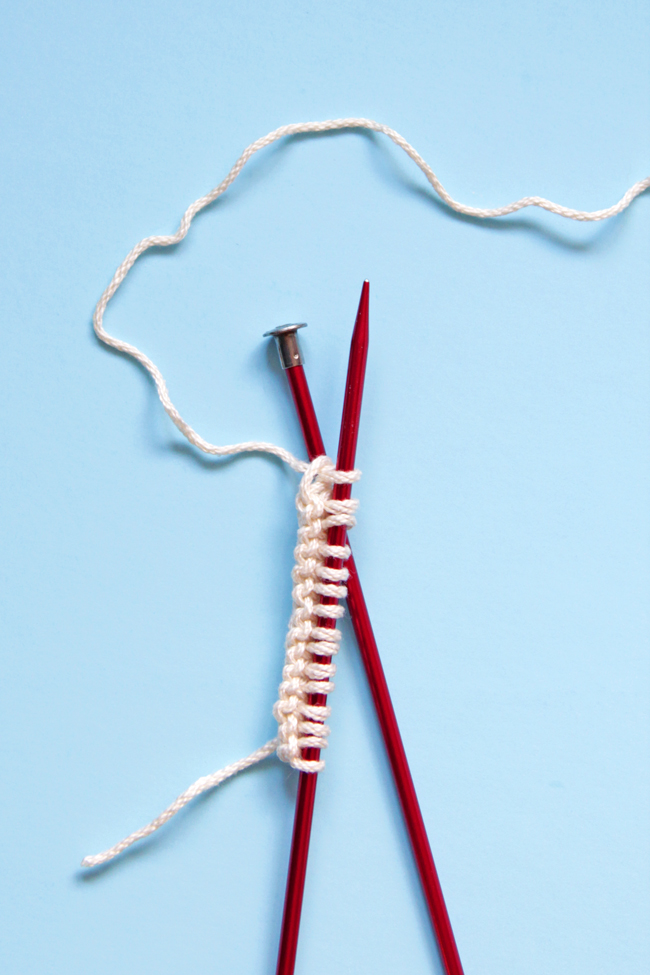
How to Work a Long Tail Cast On
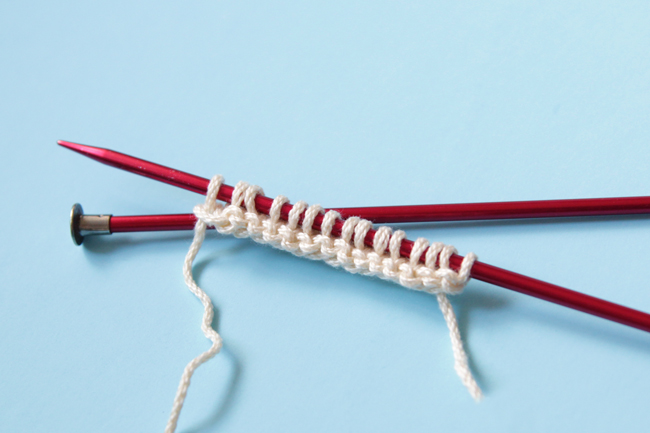
In this video, I start off with a great tip for how to estimate your long tail cast on. To give credit where credit is due, I must link to brilliant Knit Designer Theresa Schabes who taught me this trick in a workshop a few years ago. It’s a go-to knit hack for sure!
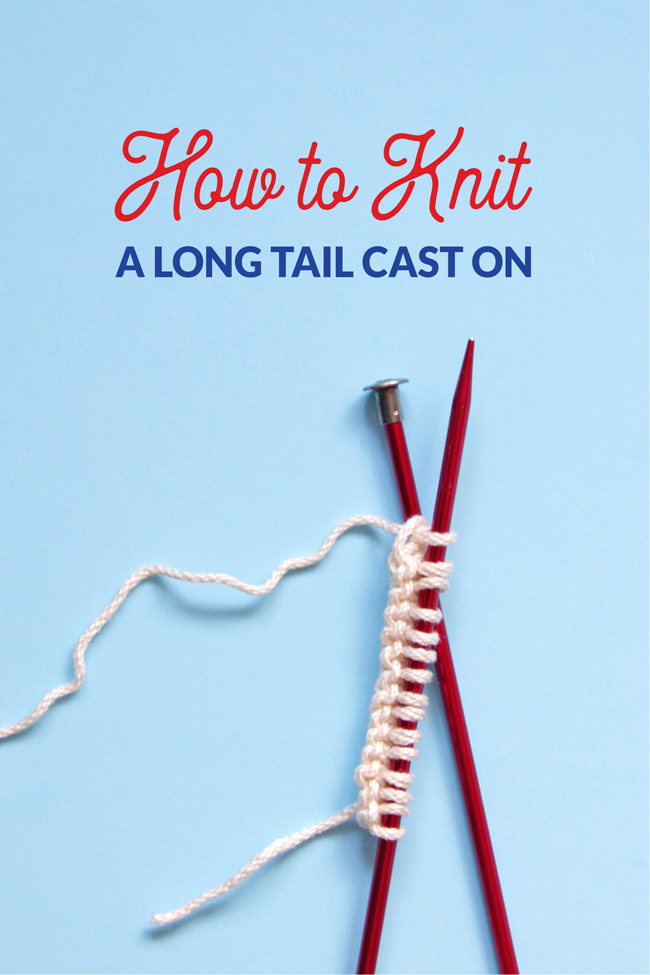
How to Work a German Twisted Cast On
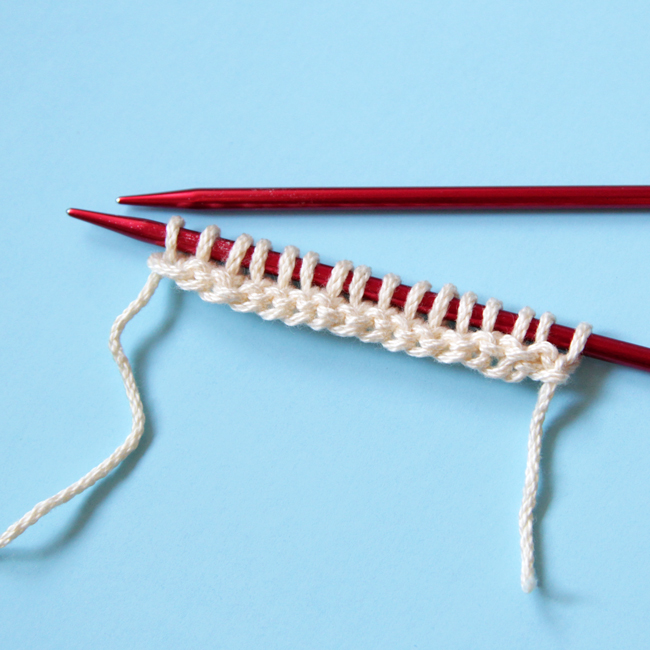
The German Twisted Cast On is stretchier than the regular Long Tail Cast On, but it still has some sturdiness to it. This combination of characteristics makes it ideal for things like cuff down socks, cowls, or hats. As I mentioned in my other post about this cast on, the added twist incorporated into the construction of this cast on gives knitters a little bit of extra yarn in each stitch, which is where the elasticity comes from. Pro tip: The thing with that added stretch is that your tail should be slightly longer to accommodate it. My rule of thumb is to add 20% more length to your tail when you estimate it before casting on. If you look at the Long Tail Cast On tutorial in this post, you can use the same tail estimation trick for the German Twisted, but for every ten stitches’ worth of tail you estimate, add two more wraps (a.k.a. an extra 20% of length). Easy!

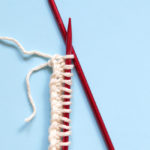

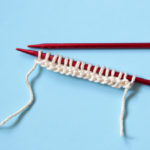



Leave a Reply